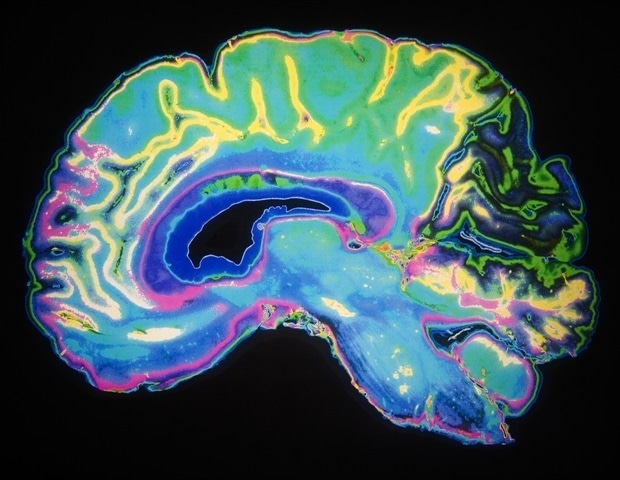
[ad_1]
A new study coordinated by the UPF's Developmental Biology Research Group shows that, during the embryonic development of the brain, cells located between adjacent segments detect the mechanical forces generated during morphogenesis in order to regulate the growth of the brain. equilibrium between progenitor and differentiated neurons. The study was published in the journal Development.
In vertebrates, the central nervous system consists of an embryonic structure divided into three vesicles of the brain and spinal cord. The most remote cerebral vesicle will give rise to important adult derivatives, such as the cerebellum, from which the cranial nerves that innervate the face originate. During embryonic development, the hindbrain is subdivided into seven segments, called rhombomers, which generate neuronal progenitors that will give rise to both motor and sensory neurons.
During posterior brain segmentation, a specific population of cells is located at the interface of successive rhombomers. These border cells act as a barrier to prevent neighboring cell populations from mixing, send instructions to progenitor cells of the adjacent rhombomer, and act as a source of progenitors and neurons. Although mechanical signals are increasingly involved in the direction of cell behavior, the way in which this has happened in vivo has not yet been demonstrated.
The group headed by Cristina Pujades of the Department of Experimental Sciences and Health (DCEXS) of the UPF has studied how these cells are able to "detect" the mechanical stimuli and convert them into specific biological behaviors during segmentation of the hindbrain zebrafish.
By using transgenic zebrafish embryos that express fluorescent markers under the control of mechanical signals, we show that the border cells actually act as mechanosensors, thanks to the activity of the Yap / Taz-TEAD proteins. "
Adrià Voltes, first author of the article
This activity is lost when the authors manipulate the actomyosin cytoskeleton in both whole embryos and clonal populations, indicating that the pathway responds to mechanical signals autonomously from cells.
However, the reduced activity of these proteins, either conditionally or by the yap and taz mutants, decreases the number of proliferating border cells, but does not affect their differentiation into neurons. "Therefore, the activity of Yap / Taz-TEAD is essential for maintaining borderline cells as proliferating progenitors and therefore as a niche for stem cells," explains Cristina Pujades.
Taken together, these data show that borderline cells in the hindbrain perceive mechanical forces via Yap / Taz-TEAD to regulate the proliferation of progenitors during segmentation. "Based on our results, we propose that the mechanical forces generated during the embryonic development process regulate the maintenance of progenitors and, therefore, control the balance between proliferation and differentiation of neurons," concludes Cristina Pujades.
Source:
Universitat Pompeu Fabra – Barcelona
Journal reference:
Voltes, A. et al. (2019) Yap / Taz-TEAD activity links mechanical signals to progenitor cell behavior during zebrafish rear brain segmentation. Development. doi.org/10.1242/dev.176735.
[ad_2]
Source link